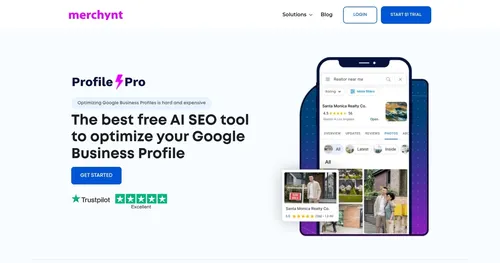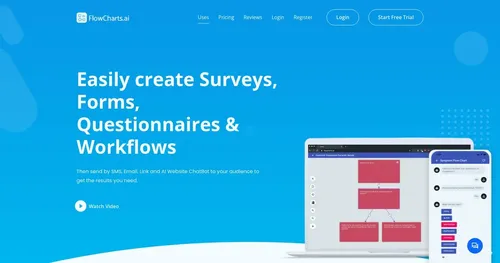Checklist.gg

Checklist.gg is an AI-driven checklist management tool that generates checklists, processes, and SOPs using GPT-based prompts, documents, or links to support organizational workflows.
The platform enables instant AI creation of checklists, reducing manual planning time. Users input requirements, and the system produces structured lists with tasks, descriptions, and steps. Key features include team collaboration for real-time assignment and progress tracking, workflow management with deadlines and ownership assignment, and a Chrome Extension for browser-based access during web tasks. Scheduling supports recurring checklists for daily or weekly operations, while real-time analytics provide completion rates, delays, and productivity patterns. The tool offers over 1000 pre-built templates across industries like marketing, sales, and HR, which users customize by adding, editing, or deleting items.
Technical aspects involve GPT integration for generation, ensuring outputs align with user inputs through iterative refinement based on edits. Integration with external tools facilitates workflow embedding, though specifics depend on user setup. Compared to competitors, checklist.gg provides general lower-cost entry with a free tier versus Trello‘s board-focused simplicity or Asana‘s robust project tracking, but it emphasizes AI automation over Asanas advanced reporting.
Users appreciate the AI speed for task creation and template library for quick starts, noting reduced rework in team environments. Real-time collaboration ensures alignment, and analytics help identify bottlenecks. Potential drawbacks include limited free plan capacities, such as three checklists and ten runs per organization, requiring upgrades for scale. Some report occasional AI output inconsistencies needing manual adjustments, and the interface lacks mobile optimization. Surprise elements include AI adaptation to user edits over sessions and extension usability for on-site task completion.
The tool suits small to mid-sized teams for process standardization. Pricing includes a free starter plan, paid small team and large team options with increased limits, and enterprise customization, generally more accessible than competitors’ higher base tiers.
For implementation, begin with templates for familiar processes, then use AI for custom needs, monitoring analytics to refine usage.
Video Overview ▶️
What are the key features? ⭐
- AI-driven checklist creation: Generates complete checklists, processes, and SOPs instantly from prompts, documents, or links using GPT technology.
- Team collaboration: Enables real-time assignment, editing, and progress tracking of checklists among team members.
- Workflow management: Provides an intuitive interface for assigning tasks, setting deadlines, and monitoring real-time progress.
- Chrome Extension integration: Allows access and completion of checklists directly on any website to streamline on-site work.
- Real-time analytics: Offers insights into project performance, including completion rates and productivity patterns.
Who is it for? 🤔
Examples of what you can use it for 💭
- Project manager: Uses AI to generate launch checklists, assigns tasks to team members, and tracks completion to ensure timely delivery.
- Marketing coordinator: Pulls SEO templates, customizes with AI for campaigns, and schedules weekly reviews via the extension for consistent content audits.
- HR specialist: Creates onboarding SOPs from prompts, shares for real-time edits, and analyzes completion rates to improve new hire processes.
- Operations lead: Schedules recurring maintenance checklists, integrates with browser tools, and uses analytics to spot workflow delays.
- Small business owner: Builds sales process templates, assigns to reps, and monitors progress to reduce client follow-up errors.
Pros & Cons ⚖️
- Easy AI generation
- 1000+ templates
- Chrome Extension
- Affordable free tier
- Basic interface
- Occasional AI tweaks
FAQs 💬
Related tools ↙️
-
 ProfilePro
An AI-drive tool designed to effortlessly optimize Google Business Profiles
ProfilePro
An AI-drive tool designed to effortlessly optimize Google Business Profiles
-
 Wolfe
A personal AI management consultant available at your fingertips
Wolfe
A personal AI management consultant available at your fingertips
-
Private AI Redacts PII from text, PDFs, and more to ensure privacy compliance
-
 FlowCharts.ai
An AI tool to easy creation of surveys, forms, questionnaires, and workflows
FlowCharts.ai
An AI tool to easy creation of surveys, forms, questionnaires, and workflows
-
DataGrip Streamlines database management and SQL querying for multiple platforms
-
Jace AI Automates complex web tasks and email management with AI-driven precision

